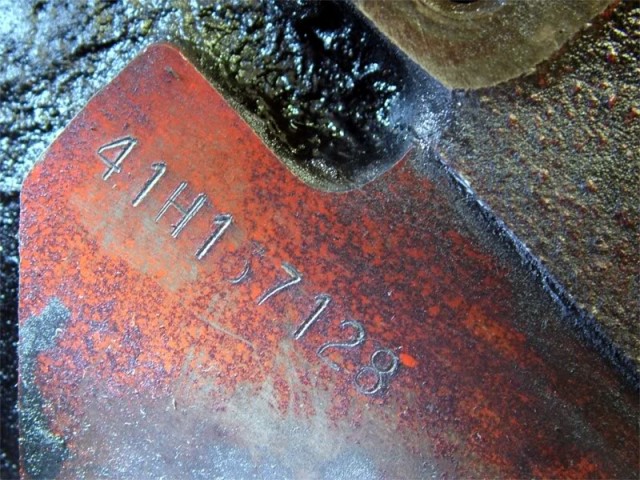fastereddie
Member
New here. Started work on a 67 Riv.
The block is Orange but the heads are blue. Could have been stripped and painted blue but can't tell.
Can someone tell me how check that I have the original heads?
Also, car has sat for 17 years in a nice dry garage. Never had a BBB before but the motor seems tight and hard to turn over. New battery cooked the 53 year old starter today which labored hard.
Thoughts?
Thanks!
Sent from my iPhone using Tapatalk
The block is Orange but the heads are blue. Could have been stripped and painted blue but can't tell.
Can someone tell me how check that I have the original heads?
Also, car has sat for 17 years in a nice dry garage. Never had a BBB before but the motor seems tight and hard to turn over. New battery cooked the 53 year old starter today which labored hard.
Thoughts?
Thanks!
Sent from my iPhone using Tapatalk




